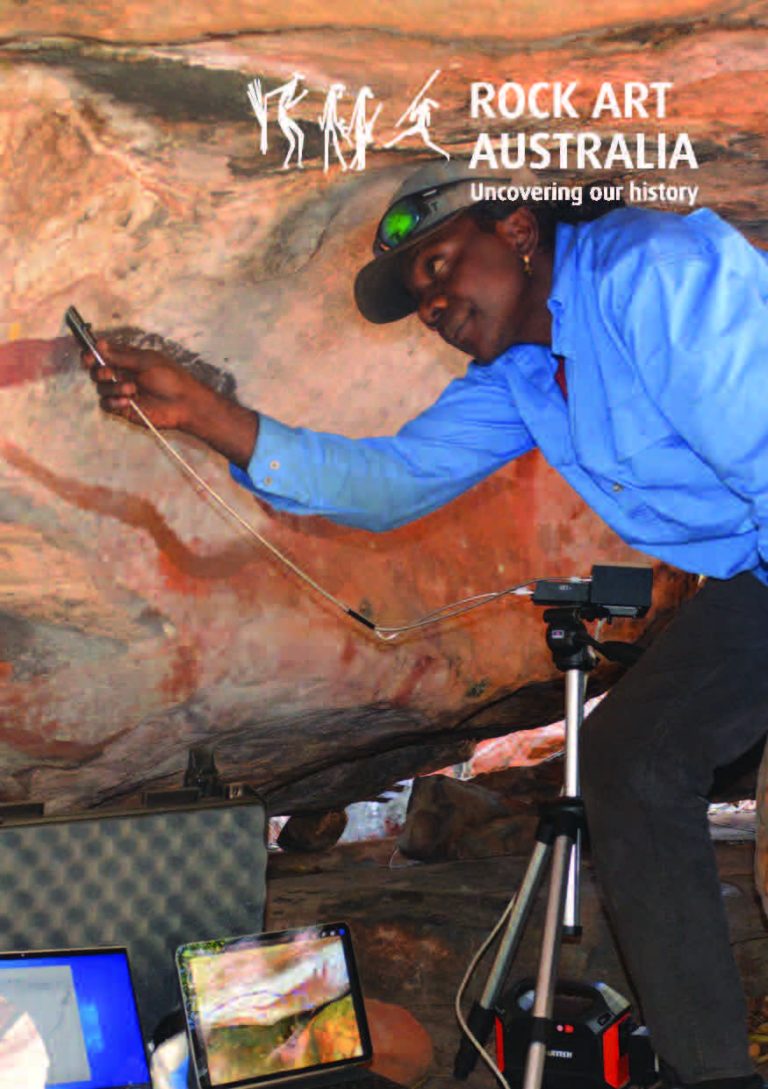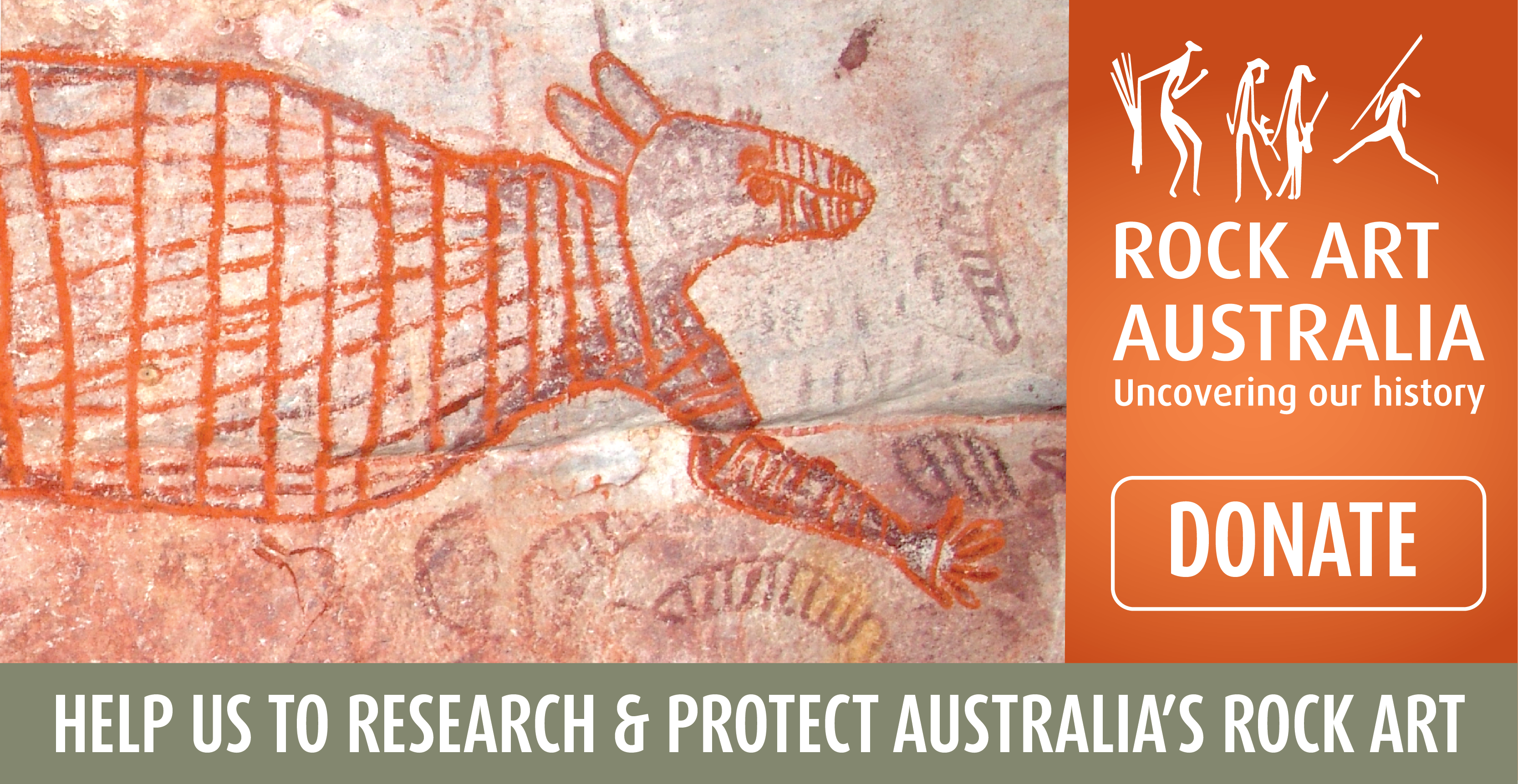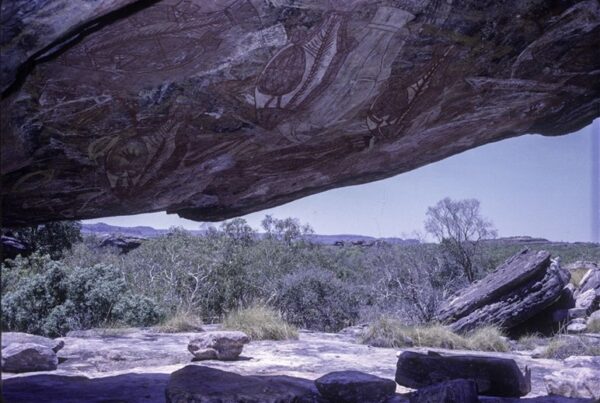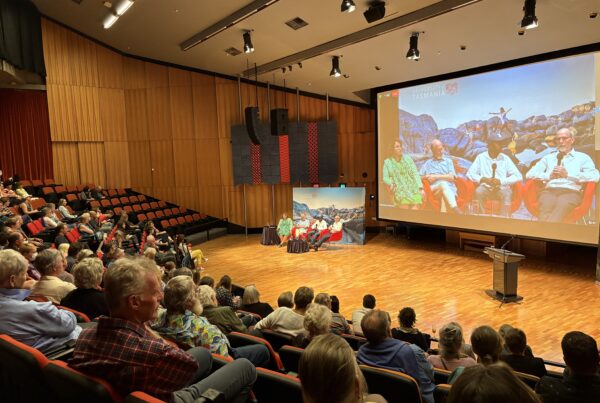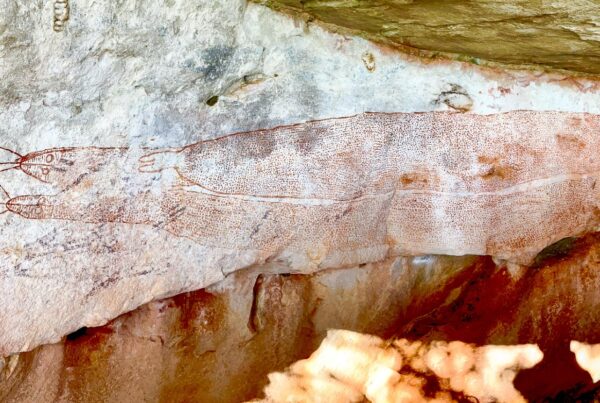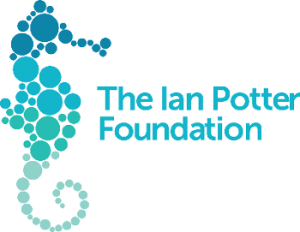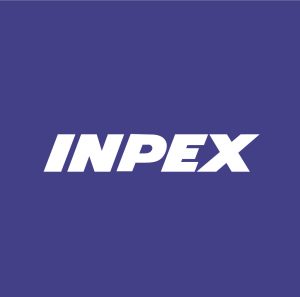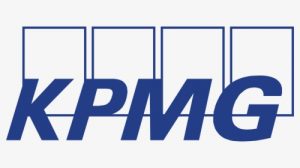Welcome to Rock Art Australia’s March 2023 E-News
Federal Government nominates Burrup for World Heritage. Rock art is in the news with the federal government lodging their nomination for the Dampier Archipelago (Murujuga cultural landscape) to United Nations’ (UNESCO) World Heritage List.
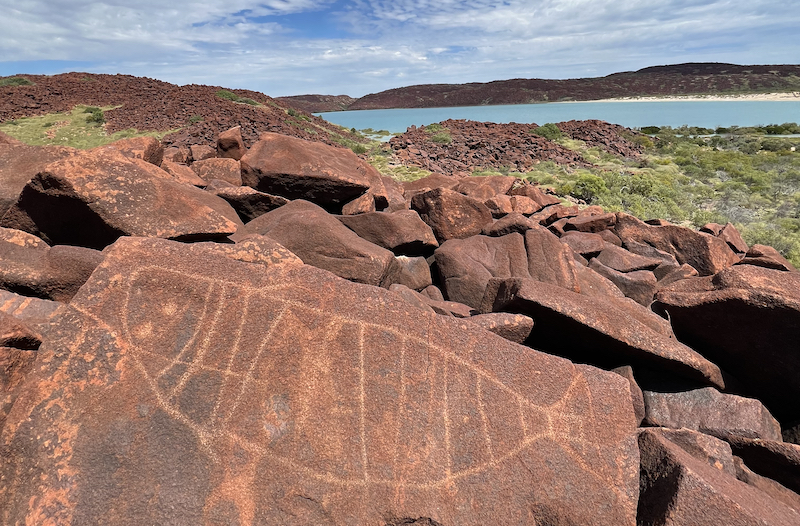
Rock art in the nominated Murujuga Cultural Landscape. Photo: Jo McDonald, approved by Murujuga Aboriginal Corporation.
John Morrison, a Melbourne-based principal of investment firm Swilken Group is the new Chair of Rock Art Australia. The Hon Laurie Brereton has stepped down as Chair of RAA this month. Laurie joined the RAA board in 2006 when it was the Kimberley Foundation Australia and became deputy Chair in 2011 and Chair in 2019. Laurie remains a director of Rock Art Australia. Perth-based Mark Paganin, a partner of the national law firm Clayton Utz has joined the RAA board. RAA Board read more
Save the Date for RAA Sydney Public Lecture. Saturday 29 April 2023. The Rock Art Australia annual Sydney Lecture will be delivered by Distinguished Professor Paul Taçon at AGNSW Domain Theatre. Registration available (via AGNSW) from 23 March. Read more
Scroll below for more Research News
![]()
Cas Bennetto I CEO
RESEARCH IN LIMESTONE CAVES ON GUNAIKURNAI COUNTRY, VICTORIA
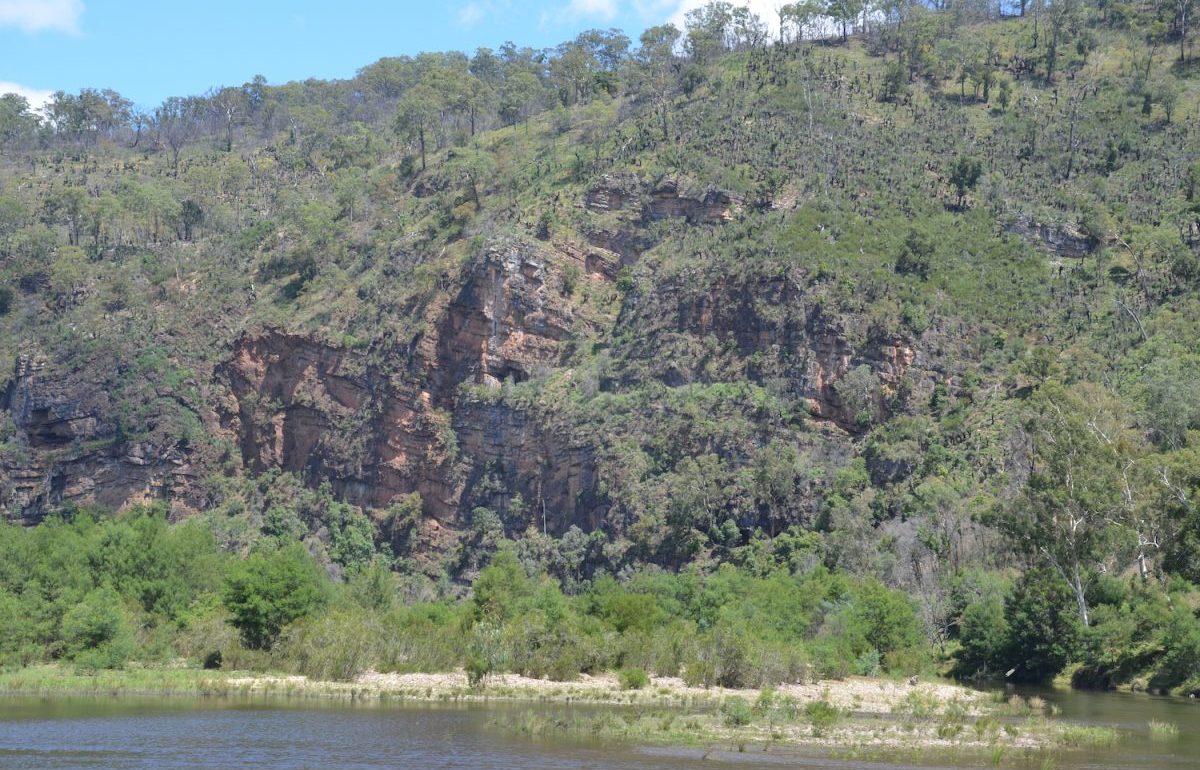
The base of the limestone cliff-line with New Guinea II Cave, above the western bank of the Snowy River near Buchan, Vic. Photo: Bruno David/courtesy of the GunaiKurnai Land and Waters Aboriginal Corporation.
Rock Art Australia and the GunaiKurnai Land and Waters Aboriginal Corporation have joined the Australian Research Council Centre of Excellence for Australian Biodiversity and Heritage (CABAH) as Partner Organisations to commence an advanced mapping and imaging project at New Guinea II Cave. The cave is one of the oldest known archaeological sites in Victoria, with a cultural history extending back more than 25,000 years to the Pleistocene epoch. It contains one of the most extensive bodies of “finger flutings” of any Aboriginal site in Australia. It is also one of a handful of sites in Australia that has rock art in complete darkness. GurnaiKurnai Elder Uncle Russell Mullett and Monash University’s Bruno David are leading an international team recording the cave and the art.
The cave’s geomorphology and ancient rock art is being documented with advanced 3D imaging and mapping technologies. The resulting 3D models will be used to expand knowledge of the limestone cave’s rich Aboriginal history, and preserve its contents for community members and others to see and experience.
CABAH Director Richard ‘Bert’ Roberts and Rock Art Australia’s CEO Cas Bennetto said the objectives of the three organisations are closely aligned, and the partnership will ensure the team contributes significantly to our understanding of the long history of GunaiKurnai habitation in the region.
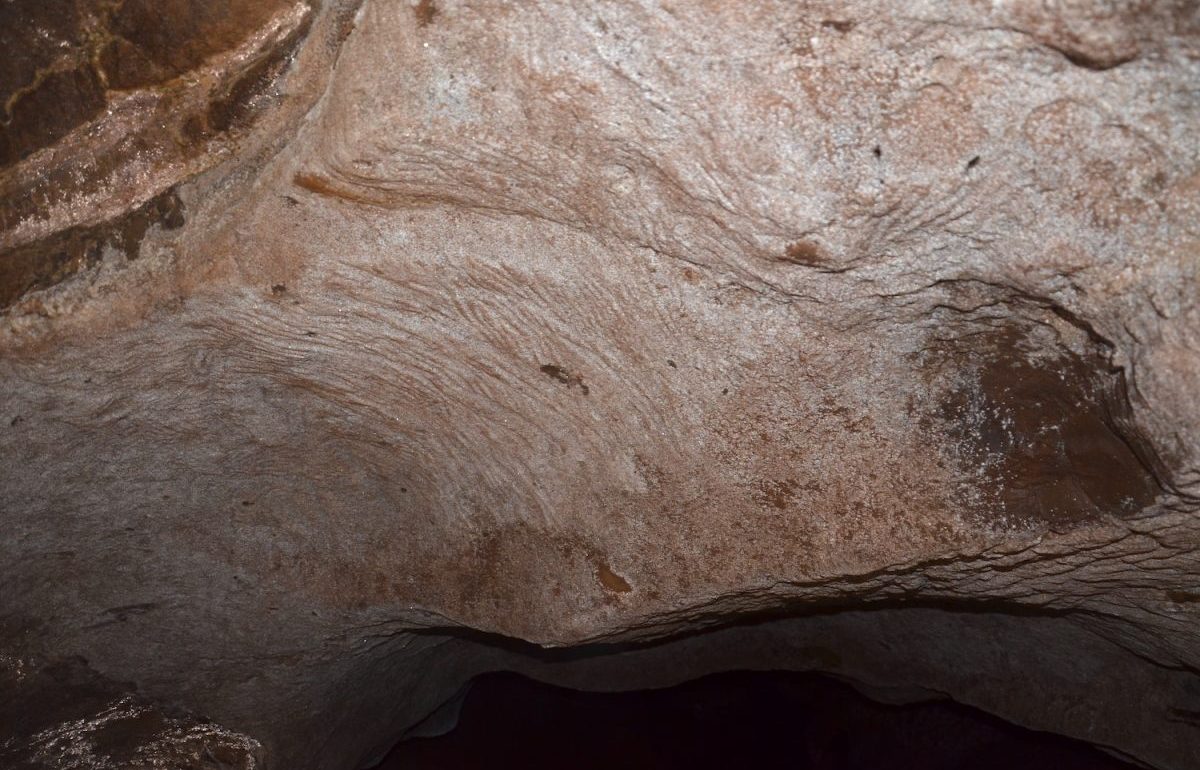
New Guinea II Cave is richly decorated with hundreds of finger flutings. Photo: Bruno David/courtesy of the GunaiKurnai Land and Waters Aboriginal Corporation.
AUSTRALASIAN RESEARCH CLUSTER FOR ARCHAEOLOGICAL SCIENCE (ARCAS) AT THE UNIVERSITY OF MELBOURNE

Prof Rachel Popelka-Filcoff (Rock Art Australia Minderoo Chair in Archaeological Science) and Dr Louise Shewan (Senior Research Fellow in Archaeological Science) lead the Australasian Research Cluster for Archaeological Science (ARCAS), currently hosted at the University of Melbourne. ARCAS is Australia’s national archaeological science organisation with key objectives to showcase Australian Archaeological Science nationally and internationally, foster and promote strong inter-society links among the various archaeological science groups within Australia and globally, and convene Australasian Archaeological Science Conferences and workshops. Rachel and Louise lead a scientific committee comprising Archaeological Science researchers and student ambassadors from the University of Melbourne, La Trobe University, ANU, and Griffith University, with membership open to all interested researchers. ARCAS has led and supported several events over the past months including well-attended sessions at the AAA in December 2022, with several more planned for 2023.
AUSTRALIAN RESEARCH COUNCIL DISCOVERY PROJECT SUCCESS: DR LOUISE SHEWAN

Site 2 Jar Site, Xieng Khouang, Laos. Photo: Louise Shewan.
Dr Louise Shewan (Senior Research Fellow in Archaeological Science) is leading an ARC Discovery Project entitled, Megalithic Connections: Imperilled Cultural Heritage in Laos and India”. This interdisciplinary project aims to document and explore the cultural connections between the geographically disparate megalithic cultures of Laos and Northeast India and create an enduring digital record of these threatened cultural assets. The project aims to increase our understanding of the purpose and ritual significance of the carved stone structures, develop a chronology of the cultural landscapes, and contribute to debate concerning cultural exchange and connectivity.
Integrating archaeological science and pioneering data capture technologies, the project will create globally significant new knowledge, advance heritage management processes and help underpin economic, social and cultural benefit in these regions. The team comprises researchers from the University of Melbourne, ANU, La Trobe University, the University of Sydney, James Cook University, Partner Investigators from Oxford, Laos, Assam, Meghalaya, and Nagaland, along with Industry partners from geoscience, environmental science and remote sensing.
NEW COLLABORATION BETWEEN UoM CHEMISTRY SCHOOL AND ARCHAEOLOGICAL SCIENCE
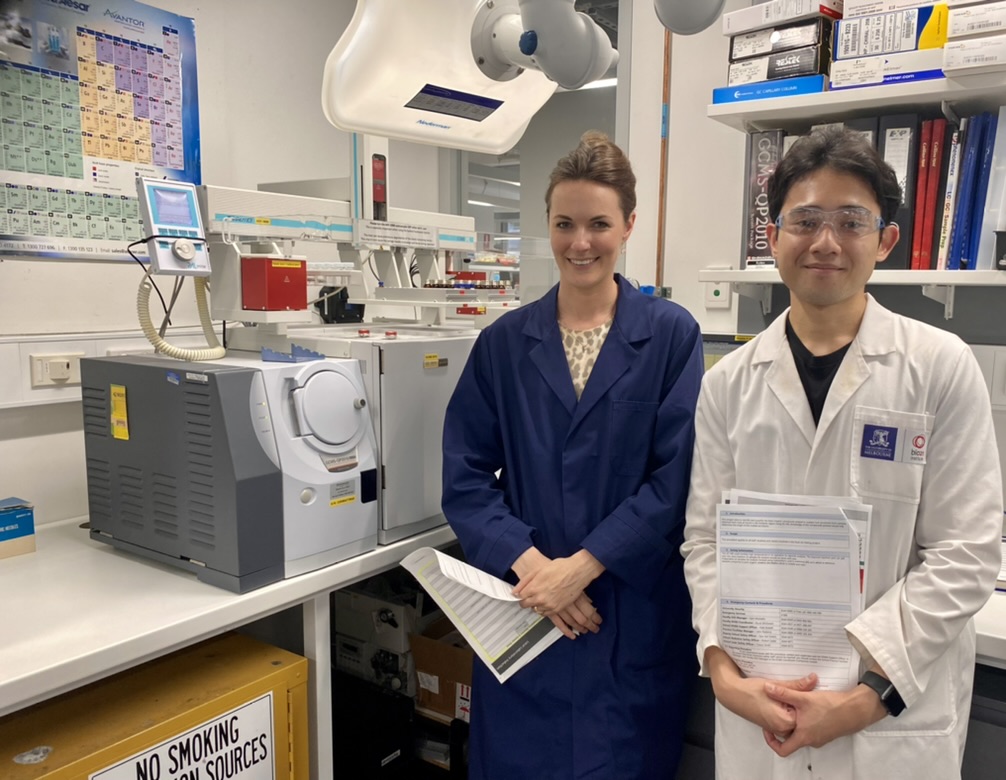
A new collaboration at the University of Melbourne (UoM) between RAA Fellow In Rock Art Dating Dr Helen Green, and colleagues in the School of Chemistry (Dr Helen Green and Research Assistant Faris Ruzain-pictured) and the Archaeological Science Laboratory (Professor Rachel Popelka-Filcoff) has begun. This project facilitates the development of a methodology for pyrolysis gas chromatography mass spectrometry (GCMS) analysis of the organic components of layered, oxalate-rich mineral coatings, which may act as both rock art dating tools and paleoenvironmental recorders.
Py-GC-MS allows scientists to look for ‘biomarkers’ that may signal the involvement of microbial activity in the formation of specific minerals.

